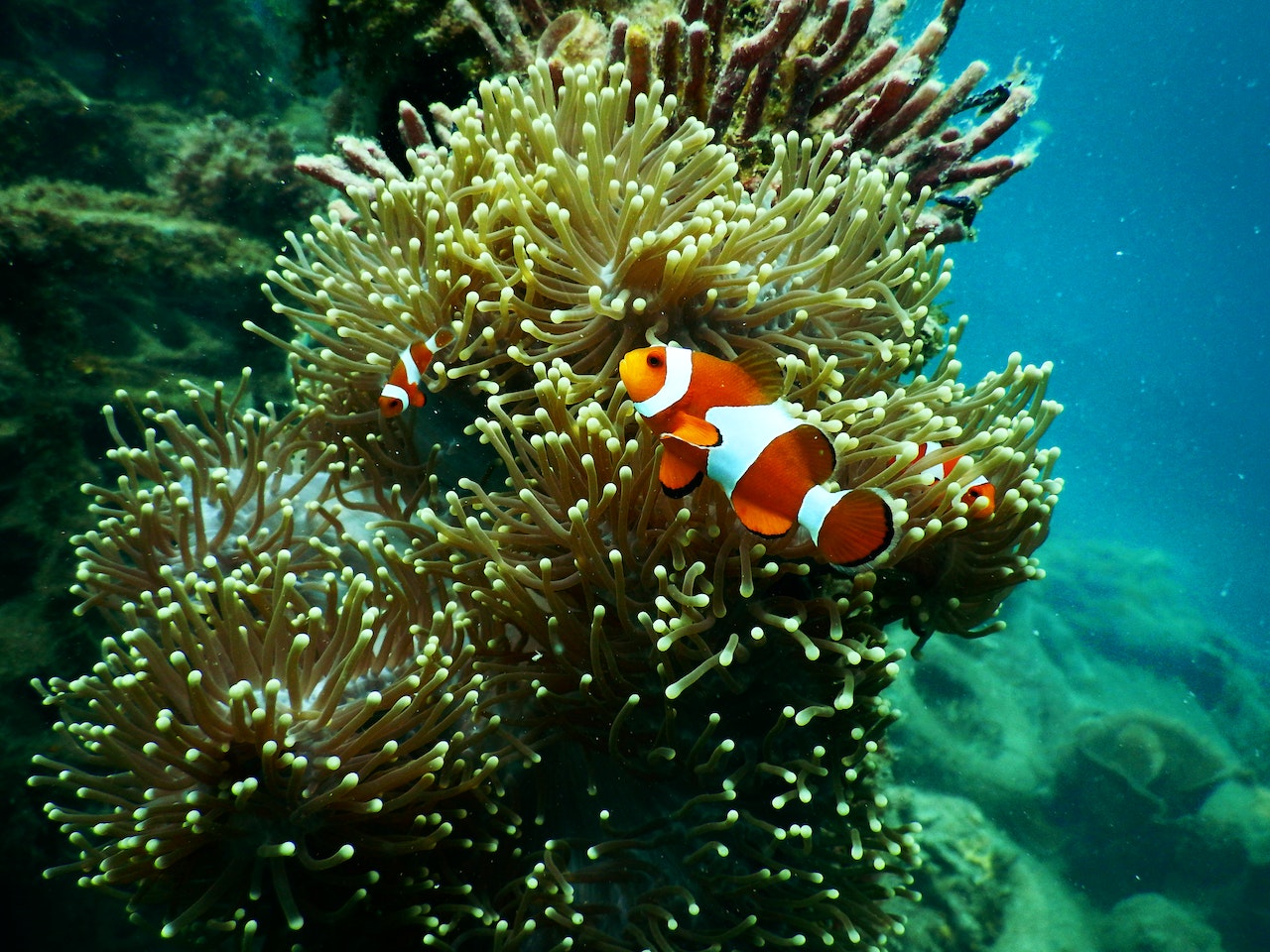20 Startling Facts About the Great Barrier Reef

The Great Barrier Reef, located off the coast of Australia, is one of the world’s most magnificent natural wonders and a UNESCO World Heritage site. Spanning over 2,300 kilometers, this underwater paradise is home to an abundance of marine life and coral formations. However, the Great Barrier Reef is facing numerous challenges that threaten its survival, from climate change to pollution.
Geographical
The Great Barrier Reef is the world’s largest coral reef system, spanning over 2,300 kilometers along the coast of northeastern Australia. It’s an intricate network of coral formations, tropical fish, and other marine life that attracts millions of tourists every year.
Located off the coast of northeastern Australia, the Great Barrier Reef is an important part of the country’s history and culture. It’s also a UNESCO World Heritage site, recognized for its significance and natural beauty.
From space, the Great Barrier Reef is visible as a brilliant blue ribbon of coral formations and turquoise waters. Its size and brightness make it one of the most distinctive and recognizable ecosystems on the planet.
Biodiversity
The Great Barrier Reef is home to over 1,500 species of fish, making it one of the most diverse marine habitats on the planet. From colorful tropical fish to larger predator species, the Great Barrier Reef offers a unique and awe-inspiring underwater experience.
In addition to fish, the Great Barrier Reef is home to over 400 species of coral, each with its own unique shape, color, and function. The variety of coral species contributes to the reef’s rich and diverse ecosystem, providing a home for countless other marine species.
The Great Barrier Reef is also a crucial nesting site for sea turtles, who come to lay their eggs on the reef’s sandy beaches. These nesting sites are essential to the survival of sea turtle populations, and the Great Barrier Reef plays a crucial role in supporting this threatened species.
Climate Change Impacts
Rising ocean temperatures are causing coral bleaching, a process in which coral expels the algae that provide it with food and color. This leaves the coral vulnerable to disease and death and can have devastating effects on the entire reef ecosystem.
Since the 1980s, the Great Barrier Reef has lost over half of its coral cover due to climate change, disease, and other human-related impacts. This loss of coral cover is a major blow to the reef’s biodiversity and ecosystem health.
Climate change is also altering ocean chemistry, affecting the growth and survival of marine life. Acidification, for example, can make it difficult for coral and other calcifying species to build their skeletons and maintain their structural integrity.
Threats
Climate change is the greatest threat to the Great Barrier Reef, with rising temperatures and ocean acidification posing a significant risk to the reef’s health and survival. Without action, the reef could be lost in the coming decades.
In addition to climate change, pollution, and overfishing also pose significant threats to the Great Barrier Reef. Pollution from land-based activities and runoff can contaminate the water and harm marine life, while overfishing can disrupt the delicate balance of the reef ecosystem.
Coastal development and shipping traffic also pose a threat to the Great Barrier Reef, with the construction of ports, marinas, and other coastal infrastructure posing a risk to the reef’s health and wildlife. Increased shipping traffic can also lead to oil spills and other forms of pollution, further threatening the reef’s survival.





